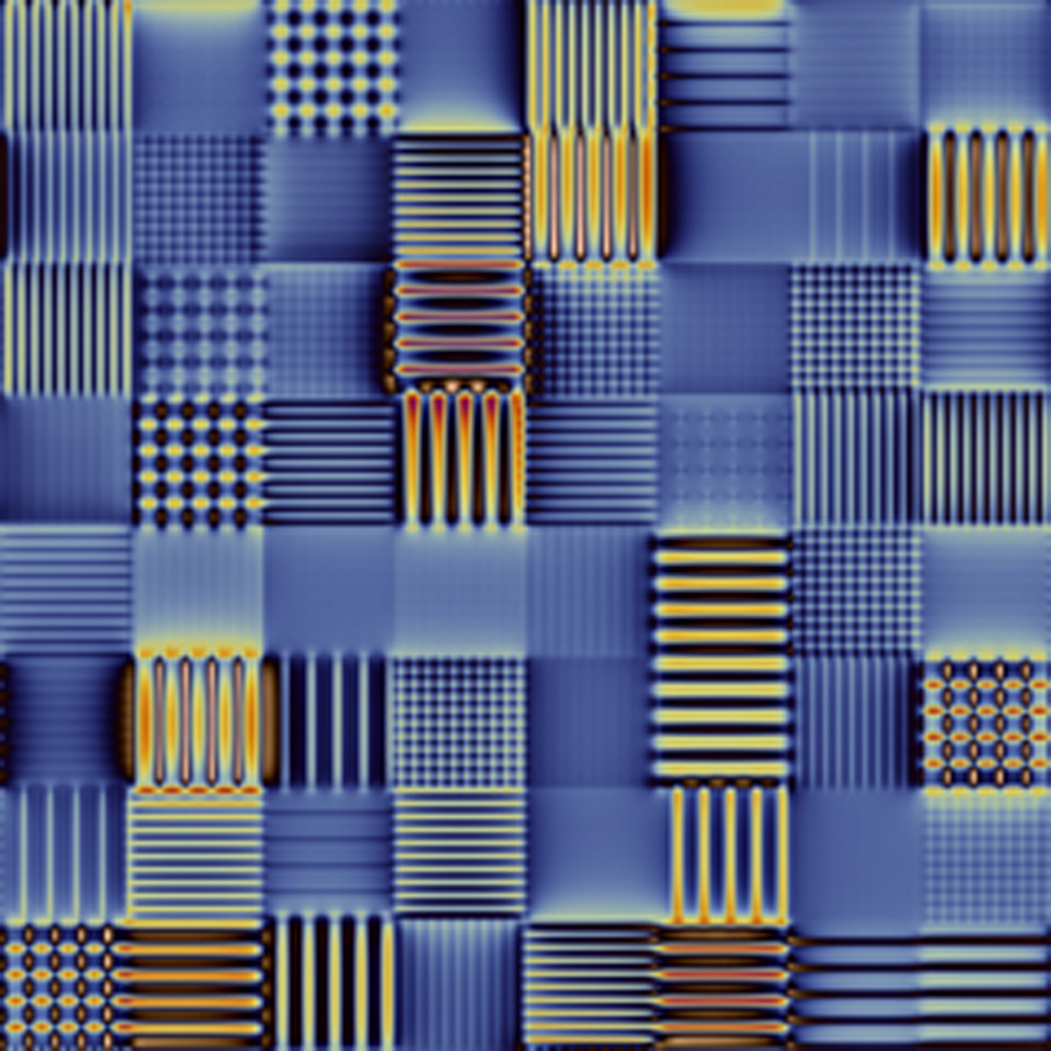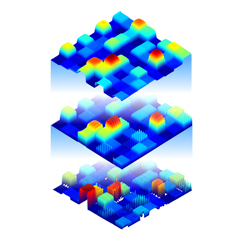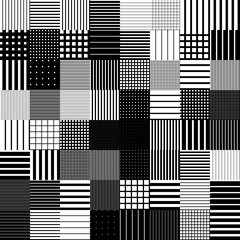We generally make openly available the software produced in our research. Our group is a partner in the NanoMFG node of the NSF Nanohub, and from our activities in this program have arisen four nanomanufacturing simulation tools that are detailed below.
This tool (Nanohub link) is designed to assist in the optical identification and characterization of 2D material layer stacks and heterostructures on specific substrates. There are two modules within the tool. The first is a simulation module that predicts the reflection spectrum of a material stack with a specified composition. This module is intended to assist in the selection of filter wavelengths for achieving optimal contrast in interference reflection microscopy experiments. The second module provides automatic analysis and tagging of material within optical microscope reflection images. The user uploads a reference image of a blank substrate (to calibrate for the spectral response of the camera and any nonuniformities of illumination), and then uploads one or more images of the material to be analyzed, each taken using a pre-selected color filter. The software then tags regions of the images as containing, for example, zero, one, two, three or more molecular layers of the specified material. Ongoing work is developing this tool further to take account of the finite spectral bandwith of light sources and filters, and thereby design imaging processes that may incorporate substrate layers that are many wavelengths thick. The tool is described in this abstract from the NNT conference 2019.
This tool (Nanohub link) provides a way of estimating the viscosity of thin (sub-micrometer) polymer films on a wafer by imprinting them with a known geometry and interferometrically imaging the reducing film thickness as it is squeezed under load. This method provides a potentially valuable way of characterizing nanoimprint lithography resist materials in situ, taking into account not only film thickness effects on viscosity but also boundary conditions between the resist, substrate and stamp. Conventional macroscopic rheometry tools are unable to observe the impact of these effects directly. The software takes a video of the film-squeezing process and guides the user's extraction of the timing of appearance of interference fringes, which it then interprets in the context of a squeeze-film model to estimate the viscosity. The tool builds on our "nanocaliper" system concept, first reported in 2013 (NNT abstract) and the software itself is described in this abstract and presentation from the NNT conference 2019.
This utility (Nanohub link) takes industry-standard GDS-format geometry layout files (as typically used in semiconductor and MEMS design) and extracts key geometrical characteristics (pattern density, feature perimeter, and average feature shape) on a square grid specified by the user. This grid-based pattern data is useful for a range of process simulations where pattern dependences are significant, including chemical-mechanical polishing, etching, and nanoimprint lithography.
This simulator (Nanohub link) is intended to be a design tool for anyone interested in making conductive composite 3D printing filaments utilizing nanowires. The simulation uses inputs including the additive material properties, size, and amount (vol %), and estimates bulk electrical resistivity based on a representative volume element. The simulation is run through multiple iterations in a Monte Carlo method to produce results from many different possible nanowire arrays within the material. Results from this simulation can be used to guide experimental formulations of new conductive 3D printing filaments.
Separately from the work on Nanohub, we have also made other projects available:
This Matlab code implements a transfer matrix method-based simulation of the reflectivity spectrum of multilayered materials. The implementation was designed for microscopy applications and is used in our Nanocaliper project. It is a general, open-source implementation of the model used in 2dreflect and nanovisc, above. Request a download here.
Our software for Computed Axial Lithography is available open-source. See our OpenCAL page for more information.


